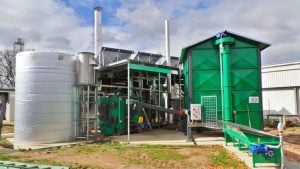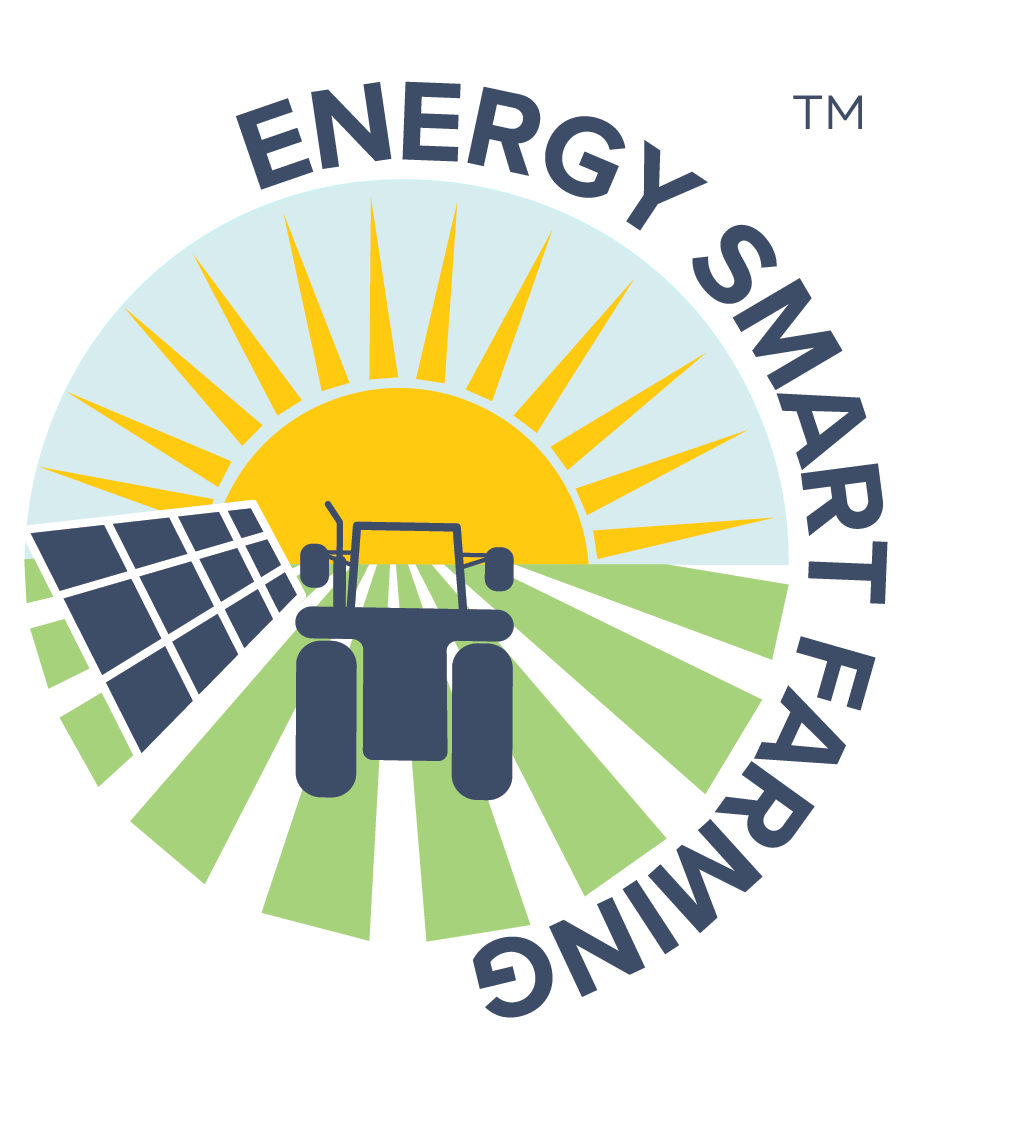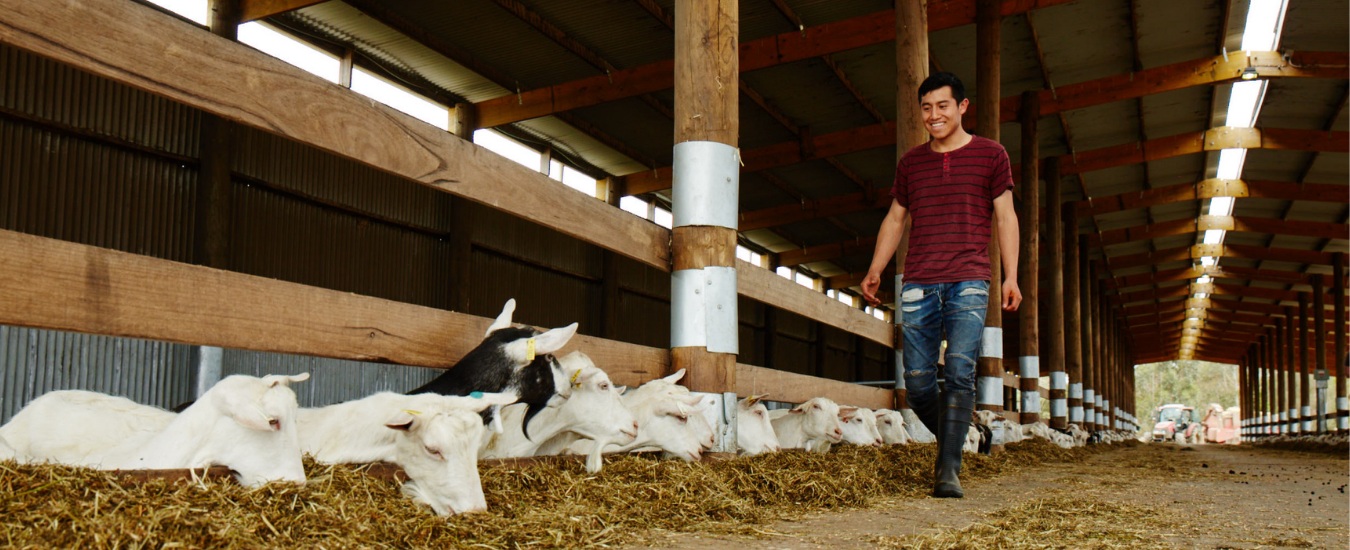Walking the sustainability talk
In 1991, when Sandy and Julie Cameron changed their farming operation from wool production to focus on sheep dairy products, neither of them could have dreamed of what it could become. Today, the Meredith Dairy has grown to cover 1,800 hectares and focusses on producing high quality goat and sheep dairy products in an environmentally sustainable way. Whether it’s tree planting, native grassland preservation, stubble retention and raised bed cropping, solar, LED lighting or bioenergy, this sentiment resonates across the business.
“Taking care of the environment is central to what makes Meredith Dairy what it is” says Julie Cameron, Director. “Our Vision is to produce food sustainably and we’re really serious about that. We want to ensure that everything we do considers the environment, and we want to inspire others to do the same.”
Dairy industries use a large amount of heat, water and electricity, but the Cameron’s want to ensure that these are achieved with the lowest impact possible. Photovoltaic (solar) panels and solar evacuated tubes for hot water are fitted to the roofs of all Meredith’s dairies, the factory and distribution warehouse, significantly reducing the demand for electricity from the grid. The largest of these systems, 99kW of solar PV at the factory, significantly reduces the site’s peak daytime demand for running refrigeration, pumps and processing equipment.

Image 1: Biomass boiler system and buffer tank at Meredith Dairy
Using biomass to meet their heat needs
Almost 5 years ago, Meredith Dairy also went out on a limb and installed a wood biomass boiler. Today, the wood-fired boiler is the primary heat source for all factory operations, supplying around 70% of the site’s heat. Recycled or farm-grown woodchips are stored on site and periodically fed into its hopper, which from then on is automated and runs 24/7. The purchase price for the boiler was approximately $120,000, which was recouped in 2-3 years based on fuel costs at the time.
The dairy has since secured more competitive pricing for its LPG supply, reducing the effective savings from the wood-fired boiler. Conversely, the factory’s heat demand has grown significantly, and the performance of the boiler has also continued to be optimised; both of which have further improved the economics of installing the boiler. All points considered, the energy from woodchips currently cost the business around $25,000 annually, with a small amount of energy provided by LPG costing an additional $33,000. This annual cost of $58,000 would have been over $110,000 if still running on LPG alone – a nett saving of over $50,000 annually, while avoiding the release 260tCO2-e. Planned expansion of hot water storage in the near future aims to completely offset LPG, pushing these annual savings to almost $80,000.
Bioenergy – the quiet achiever
Bioenergy is often not as widely discussed in Australia compared to other renewable technologies, even though it forms a major part of our energy mix; it can make an even greater contribution in future, supporting regional industries with high energy costs and problematic waste streams. Internationally, particularly in Europe, bioenergy already forms an integral part of the energy mix and features heavily in future plans for reaching carbon neutrality. Renewable energy technologies offer huge opportunities to decarbonise our national energy supply, but challenges remain around transmission, storage, and meeting the thermal demands of industry. For Meredith Dairy, which has a continuous demand for electricity and high-grade heat throughout the day and across the year, there was a need to use cost-effective technologies that could achieve this.
Future Plans for energy self-sufficiency
Meredith Dairy is now looking to other bioenergy options, such as combined heat and power generation from wood biomass, waste vegetable oil burners, and anaerobic digestion of manure. The company is also expanding its onsite solar panel capacity and looking to improve efficiency across the operation. This is with the hope of becoming entirely self-sufficient in future, or even a net exporter of electricity. Any electricity currently purchased from the grid is 100% renewable.
Image 2: Solar panels help to meet most Meredith dairy’s electricity needs
Further Information
For further information, please visit Meredith dairy.




